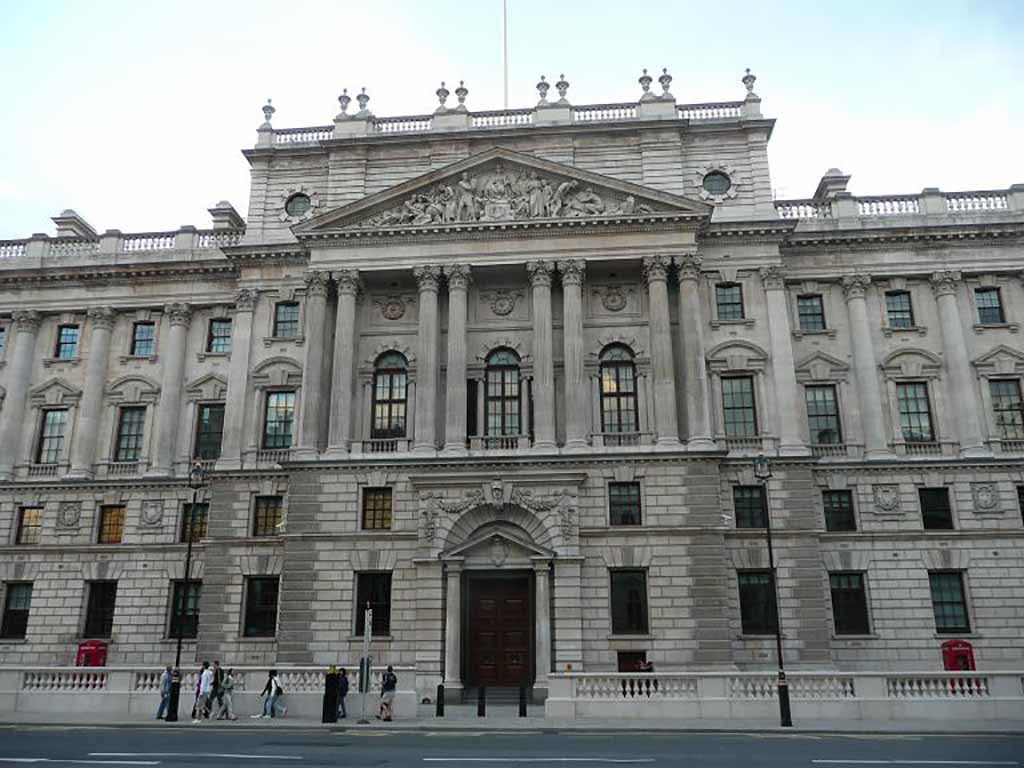- Museum
- St James's Park, Ivy Lodge, London SW1A 2BJ, Royaume-Uni
- http://www.iwm.org.uk/visits/churchill-war-rooms
- +4420 7930 6961 http://www.iwm.org.uk/connect/contact-us
The Cabinet War Rooms, beneath London, were key places in the planning of Allied forces from 1940 onwards. It was here that 115 Cabinet meetings were held under the direction of Winston Churchill. The Map Room was particularly significant and was manned by officers from each of the armed forces, who would produce a daily intelligence summary.
Since the appointment of Winston Churchill as Prime Minister in May 1940 the Cabinet War Rooms became the location from which Churchill directed the war. The construction of the rooms had started in June 1938, in order to create a place where the Prime Minister, the Cabinet and the army command would be safe in case of aerial raids. The rooms became operational in August 1939, only a week before Germany invaded Poland. During the London Blitz in 1940 the walls were reinforced with concrete, in places 1.5m thick. In 1941 the rooms were extended to allow room for dormitories, specialist function rooms and other offices.
The rooms were not just for Cabinet meetings, but had a variety of func-tions, which changed throughout the war. The Map Room played a crucial role in keeping the King, Prime Minister and Military Chiefs of Staff up to date with the war effort through the daily intelligence reports produced by its officers who manned the room throughout the day and night.
The Rooms were also crucial to communication and contained rooms for telegraphists and telephone operators. From July 1943 the Transatlantic Telephone Room, which used special encryption equipment housed under Selfridge’s in Oxford Street, allowed Churchill to contact securely the American President Roosevelt. Churchill’s bedroom also held BBC broadcasting equipment, from which he made four wartime broadcasts to the British public.
After the Japanese surrender in August 1945 the Cabinet War Rooms lost their function. On 16 August 1945 the Map Room was closed; three years later the complex was assigned as National Monument. Nowadays the Cabinet War Rooms are part of the Imperial War Museum.



